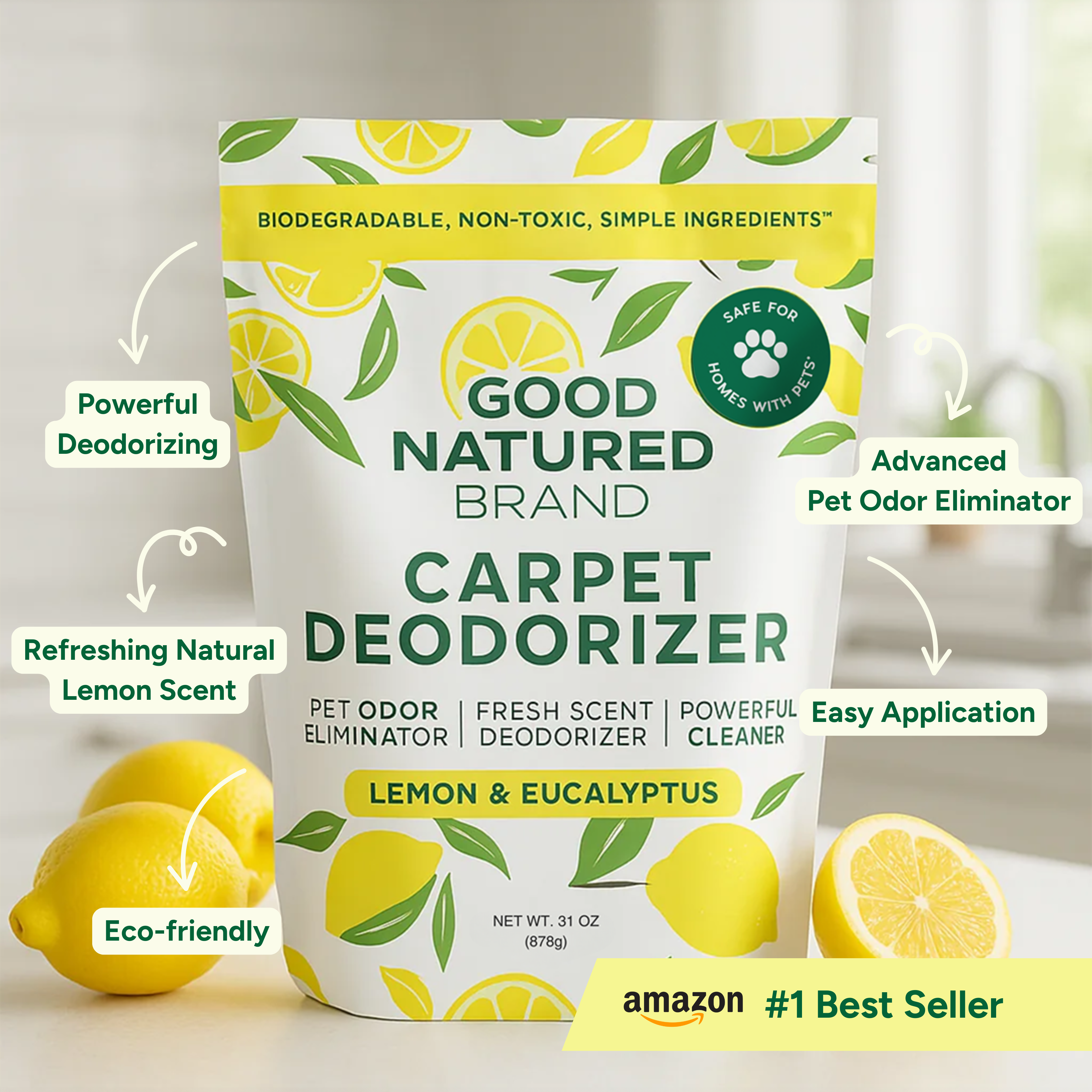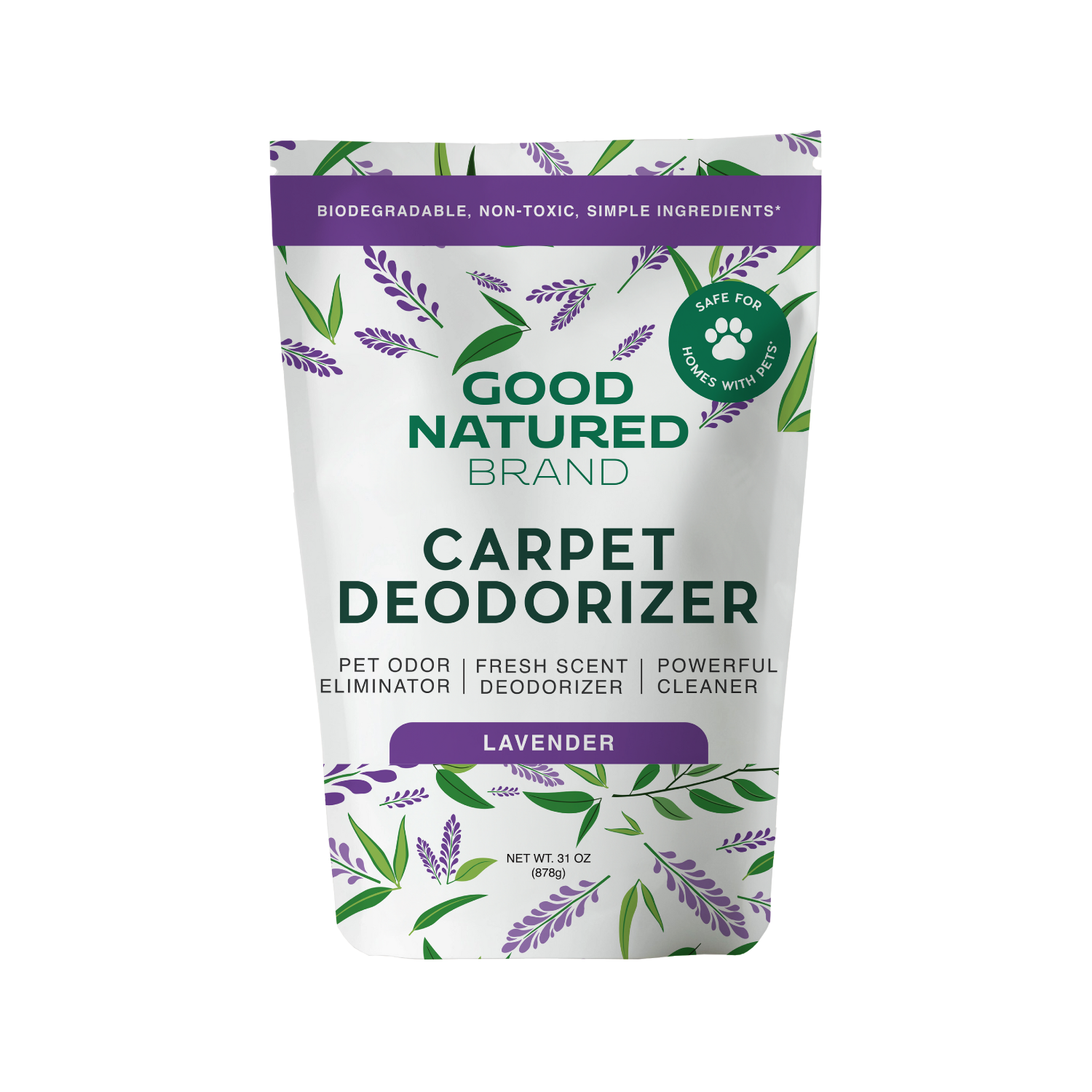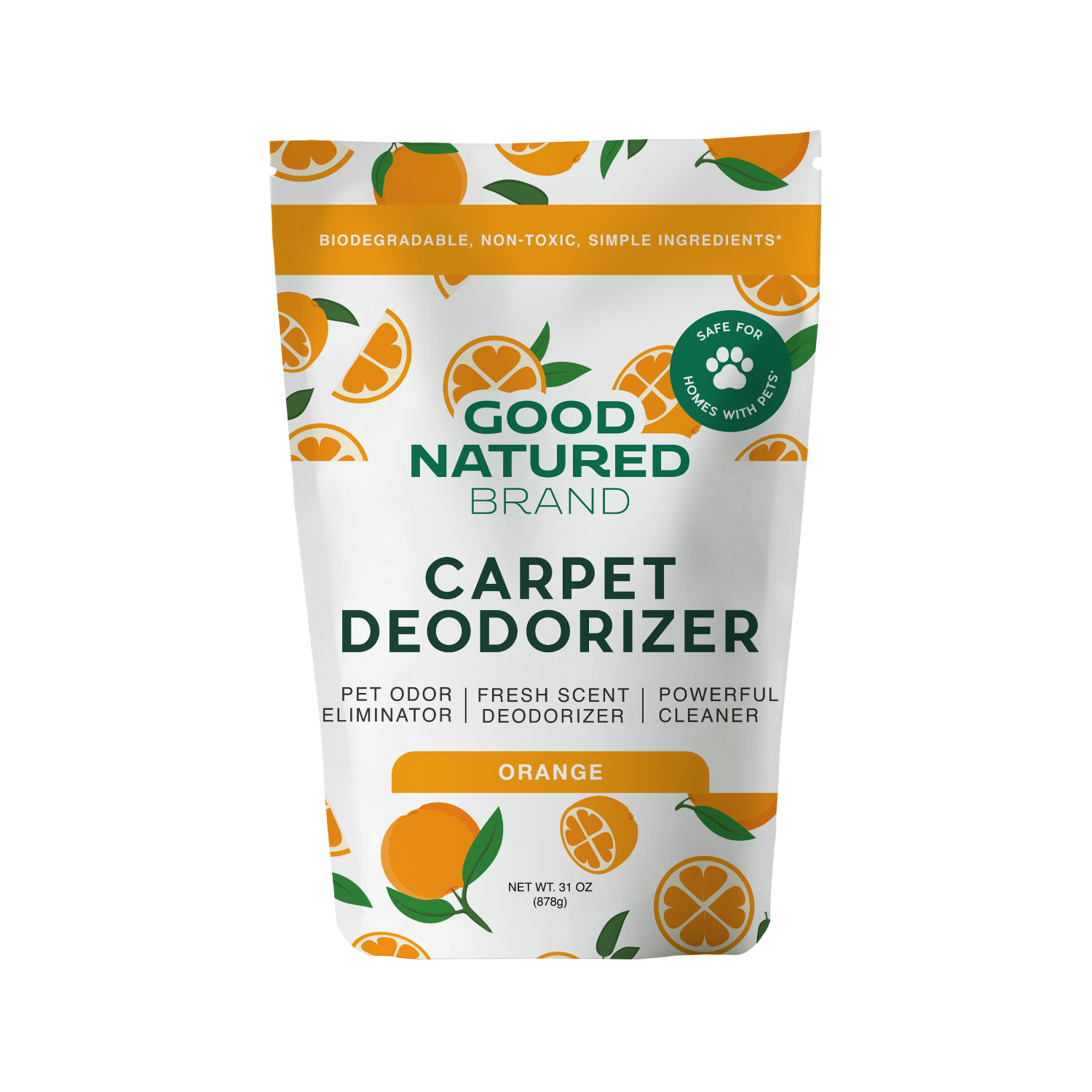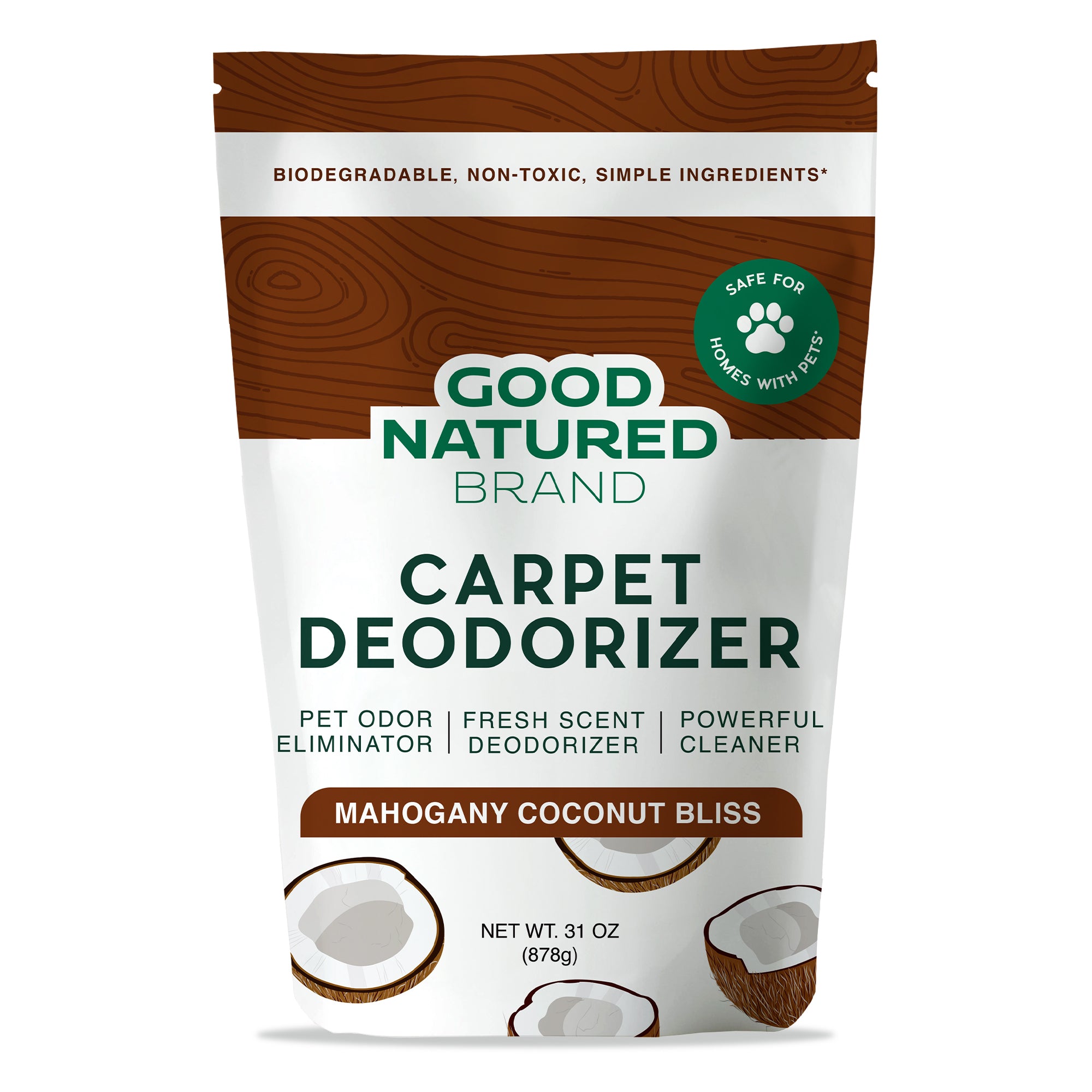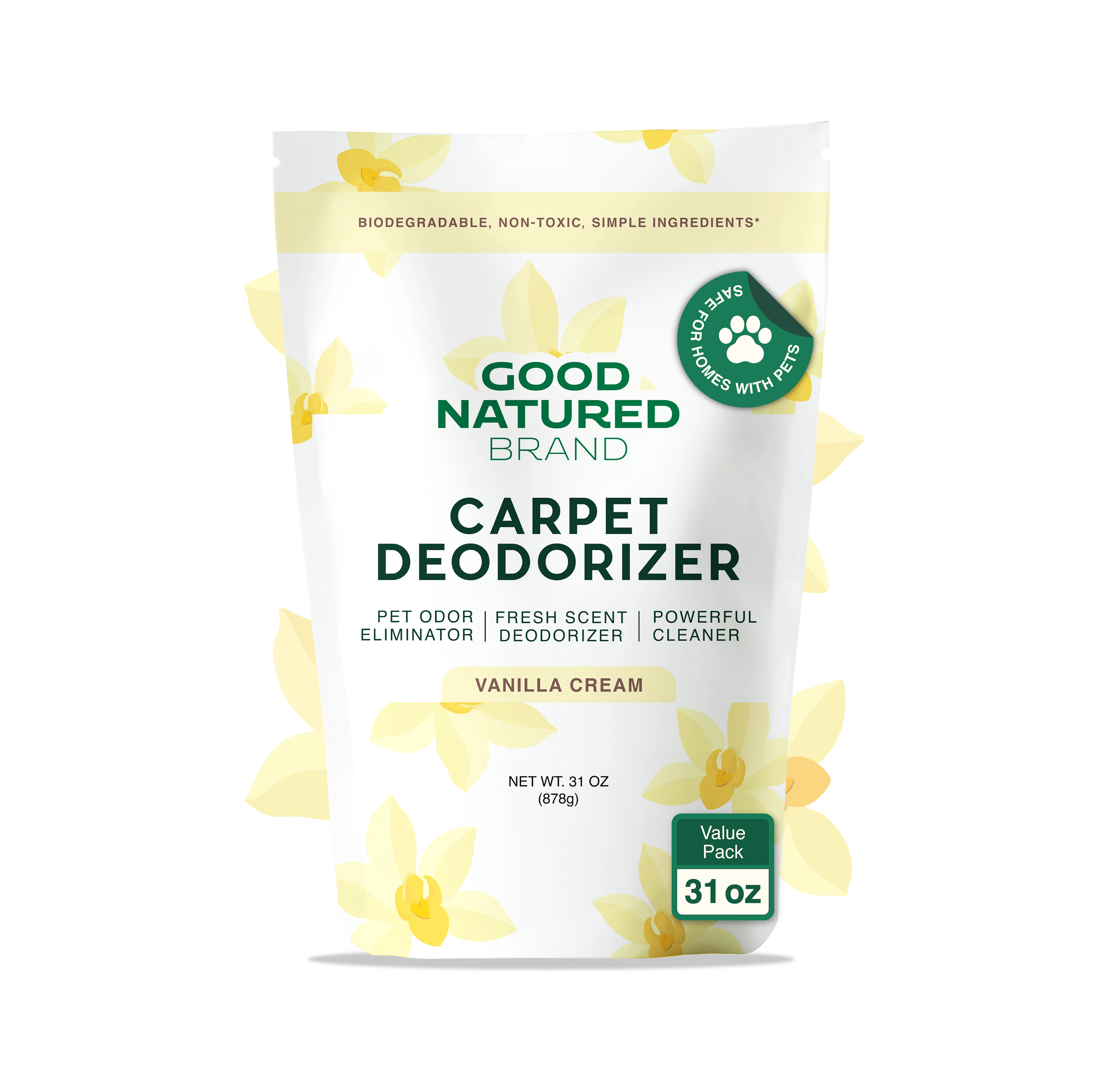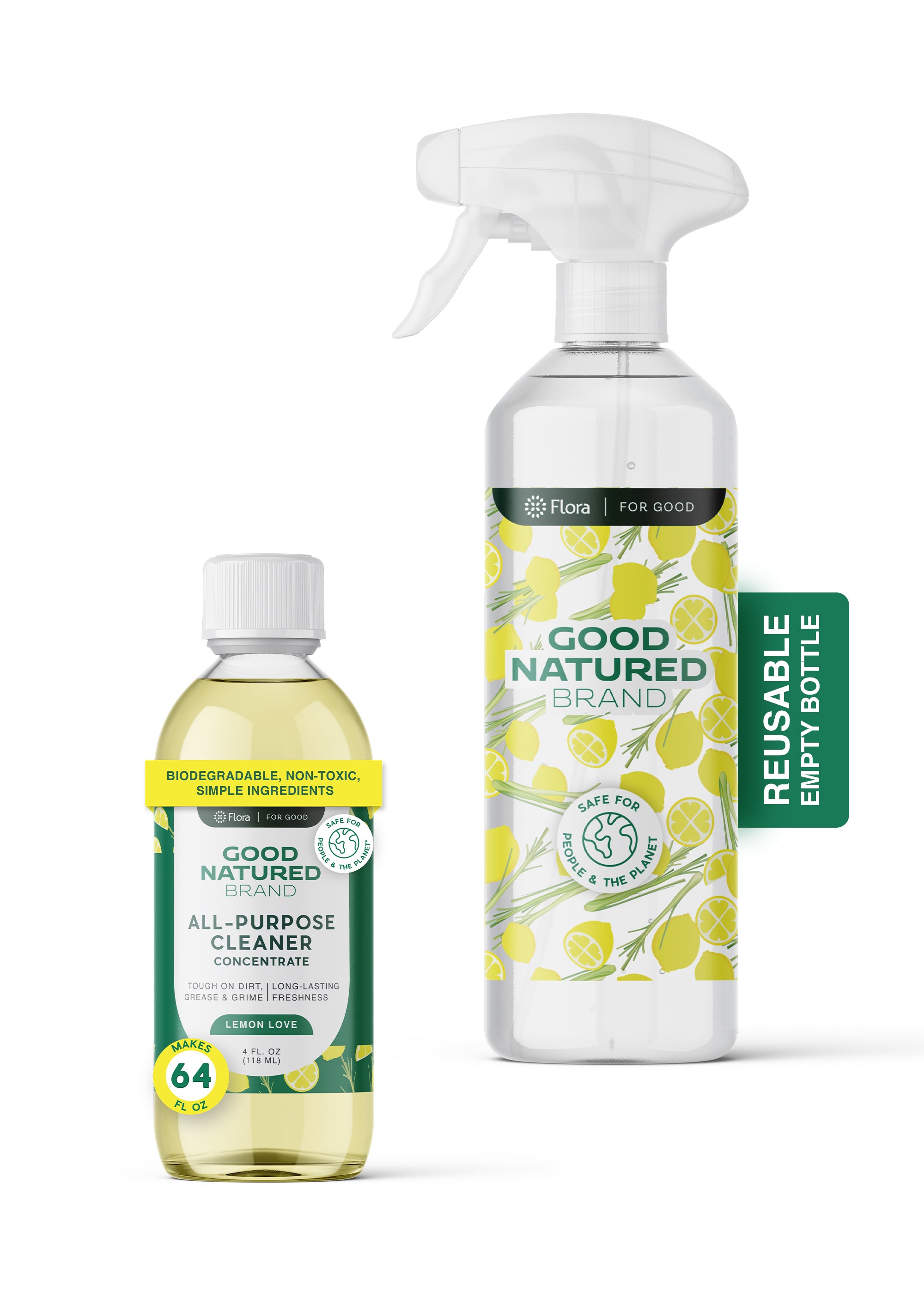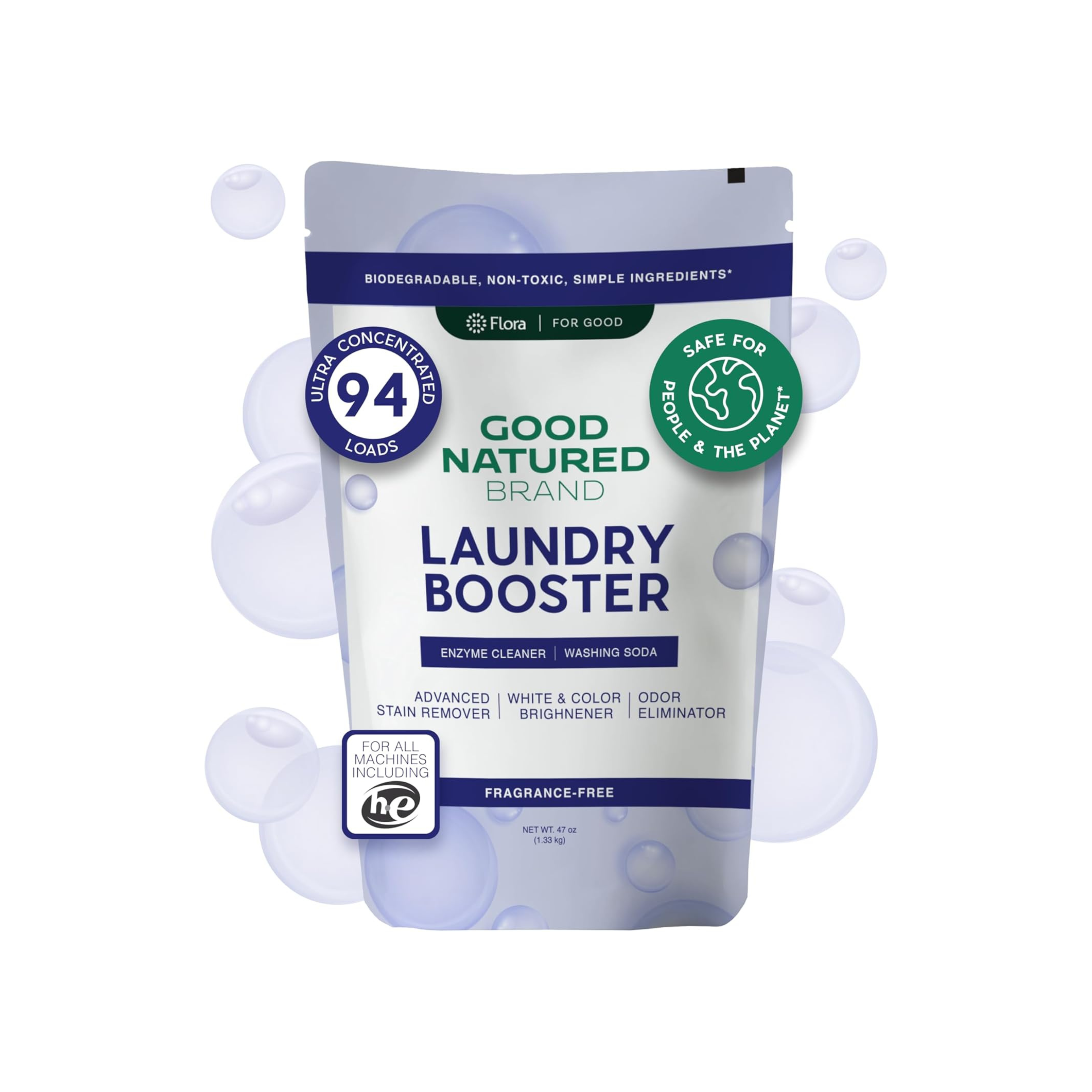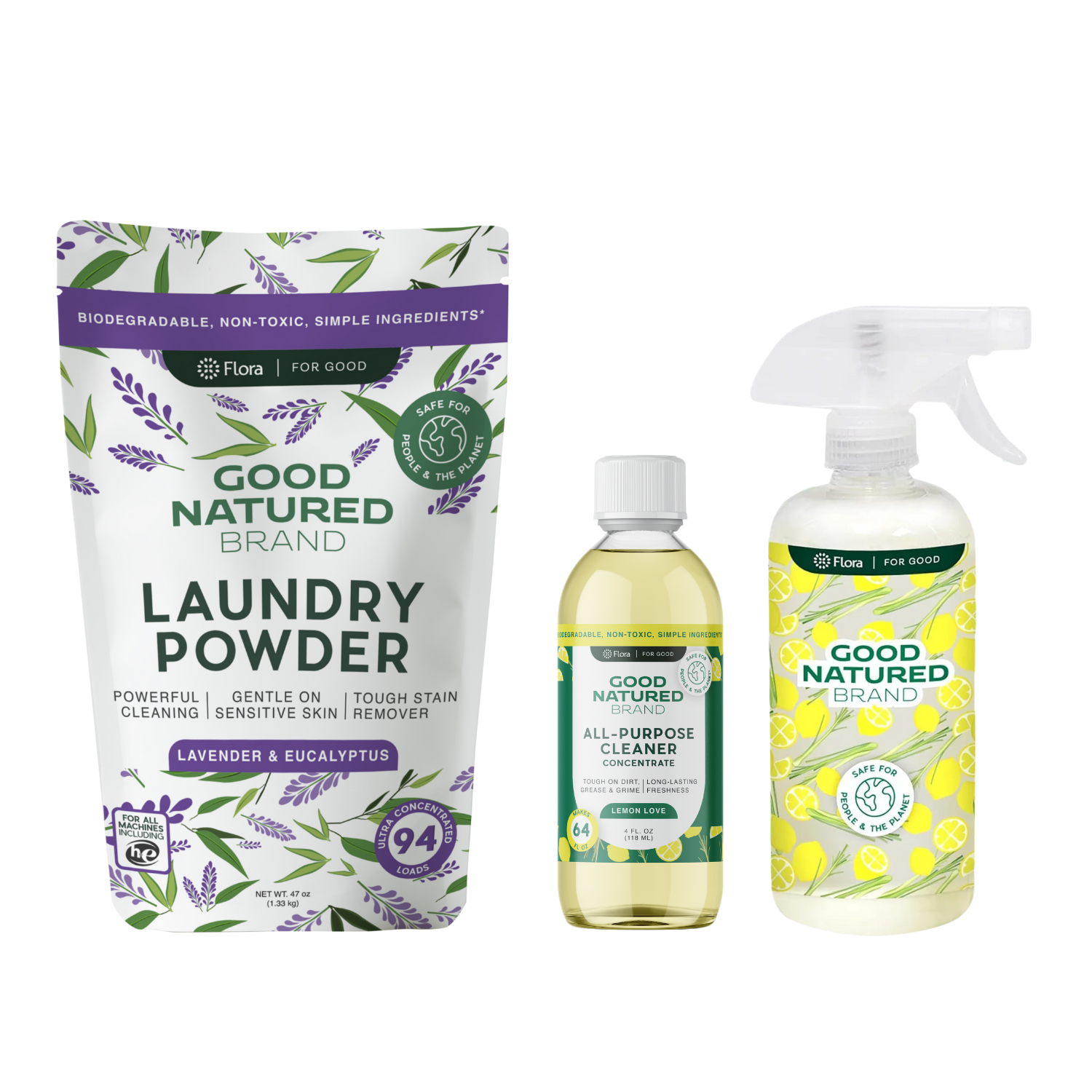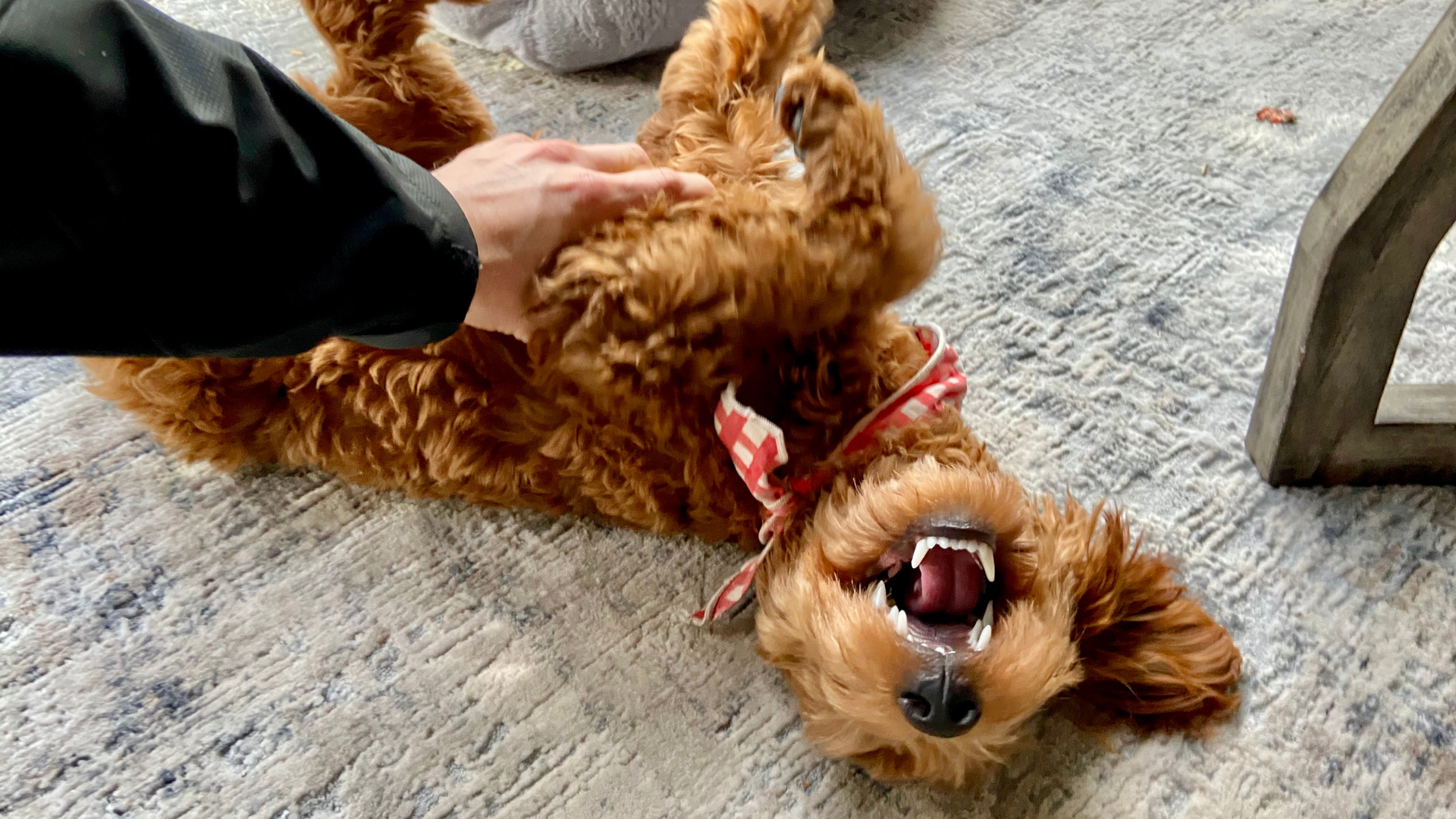If you’ve recently welcomed a beagle puppy into your home, one of the first questions you might ask is: “How much should I feed my beagle puppy?” The YouTube video “How Much Food Should a Beagle Puppy Eat?” from the channel Beagle Care tackles this common concern head-on, offering a practical guide to feeding schedules, portion control, and nutritional balance for growing beagles.
Beagles are known for their boundless energy, playful nature, and—let’s be honest—their insatiable appetites. While their enthusiasm for food is endearing, it also means beagle owners must be especially mindful about feeding habits to avoid issues like obesity or undernourishment. This article summarizes and expands on the video’s insights, helping you create a balanced, healthy diet plan for your puppy that supports steady growth and long-term wellness.
Understanding Beagle Puppy Nutrition
Beagle puppies have unique dietary needs because they’re small dogs with high energy levels and rapid growth rates. Their nutritional plan must balance calories for playtime with essential nutrients for muscle, bone, and brain development.
The Beagle Care video emphasizes that both overfeeding and underfeeding can have lasting health effects:
-
Overfeeding can lead to excess weight, which strains developing bones and joints.
-
Underfeeding can result in low energy and stunted growth.
The key is moderation—feeding enough to meet growth needs without encouraging overeating. Because beagles are natural food lovers, portion control and observation are essential to keeping them fit and healthy.
Feeding Frequency for Beagle Puppies
Beagle puppies have small stomachs but big appetites, which means they do best with multiple small meals throughout the day. Here’s a helpful breakdown from the video’s feeding chart:
|
Puppy Age |
Number of Meals per Day |
Notes |
|
2 to 3 months |
4 |
Small, frequent meals to meet high energy demand |
|
3 to 6 months |
3 |
Transition phase reducing meals from 4 to 3 |
|
6 months and older |
2 |
Typical adult feeding routine |
By gradually adjusting meal frequency as your puppy matures, you help regulate digestion and prevent bloating—a common issue in fast-eating breeds.
To support your puppy’s mealtime routine, keep the eating area clean and odor-free using All-Purpose Cleaners from Good Natured Brand. Natural, pet-safe cleaning products ensure your pup’s dining space stays hygienic without exposing them to harsh chemicals.
Recommended Daily Food Amounts
Feeding amounts depend on your beagle’s age, weight, and activity level. The video provides general daily feeding guidelines for puppy food:
|
Puppy Age |
Total Food per Day (cups) |
Suggested Meal Division |
|
2 to 4 months |
1 to 1.5 cups |
Split into 4 meals |
|
4 to 6 months |
1.5 to 2 cups |
Split into 3 meals |
|
6 to 12 months |
2 to 2.5 cups |
Split into 2 meals |
Every puppy is unique, so these numbers are starting points. As the video explains, one example—a beagle puppy named Groot—needed more food during his growth spurts due to his activity level.
When adjusting food amounts, pay attention to your puppy’s body condition and energy levels. Avoid blindly following package charts; instead, use them as flexible guides.
Monitoring Your Puppy’s Body Condition
You don’t need a scale to monitor your puppy’s growth. The video outlines simple hands-on checks to assess whether your beagle is getting the right amount of food:
-
Rib Test: Run your hands gently along your puppy’s ribs. You should feel them without pressing hard, but they shouldn’t be visible.
-
Waist Check: Look from above—your puppy should have a visible waist tuck. If your puppy looks round or barrel-shaped, it’s time to reduce food portions slightly.
-
Energy Level: A well-fed puppy is playful and alert. Low energy or excessive tiredness may indicate underfeeding.
Monitoring body shape and energy level is far more reliable than relying solely on feeding charts.
The Role of Treats in Puppy Training
Treats are excellent training tools—but they can quickly add up in calories. The Beagle Care video advises keeping treats below 10% of your puppy’s total daily calories to prevent weight gain.
Use small, nutritious treats or even bits of your puppy’s kibble during training sessions. You can also try natural treat alternatives or homemade snacks. Always remember to subtract treat calories from daily meal portions to keep your feeding balanced.
After training, keep your space fresh and clean by using Carpet Deodorizers—a great way to eliminate pet odors naturally, especially in areas where your puppy spends most of its time.
Common Feeding Mistakes to Avoid
The video emphasizes that even experienced owners sometimes make feeding mistakes without realizing it. Here are some of the most common pitfalls to watch for:
-
Free-feeding: Leaving food out all day encourages overeating, especially for beagles who love to snack.
-
Ignoring Activity Level: An active puppy needs slightly more food than a sedentary one. Adjust portions based on playtime and exercise.
-
Sudden Food Changes: Switching brands or types of food too quickly can upset your puppy’s stomach. Transition slowly over a week.
-
Too Many Treats: Excessive treats lead to unbalanced diets and rapid weight gain.
Keeping your puppy’s feeding routine consistent helps them thrive physically and emotionally.
Cleaning Up After Mealtime the Safe Way
Feeding time can get messy—especially with energetic beagle puppies! Between scattered kibble, water spills, and the occasional accident, pet-friendly cleaning is a must.
Choose gentle and effective solutions like All-Purpose Cleaners for food areas and Laundry Powders for washing puppy blankets or mats. Both products from Good Natured Brand are natural, biodegradable, and safe for sensitive pets, ensuring your puppy’s surroundings remain clean and toxin-free.
Building Healthy Habits Early
Feeding your beagle puppy isn’t just about nutrition—it’s about building healthy habits that last a lifetime. The video from Beagle Care reminds us that food is deeply tied to your puppy’s behavior, training, and emotional health.
By providing balanced meals, maintaining a consistent schedule, and using positive reinforcement, you’ll nurture a confident, happy, and well-adjusted beagle. Pair that with a clean, cozy environment supported by natural cleaning products, and your puppy will flourish in every sense.
Final Thoughts
The YouTube video “How Much Food Should a Beagle Puppy Eat?” by Beagle Care offers invaluable insights into understanding your beagle’s nutritional needs. From portion sizes to feeding frequency and observation tips, it highlights the importance of balance, attentiveness, and care in raising a healthy pup.
Remember: every beagle is unique. Observe, adjust, and adapt your feeding strategy based on your puppy’s individual needs—and always pair good nutrition with a clean, loving environment.
For more tips on pet care, natural living, and home hygiene, visit the Good Natured Brand Blog. You’ll find guides on everything from cleaning up after pets to keeping your home fresh and safe for every member of your family—four-legged ones included.
